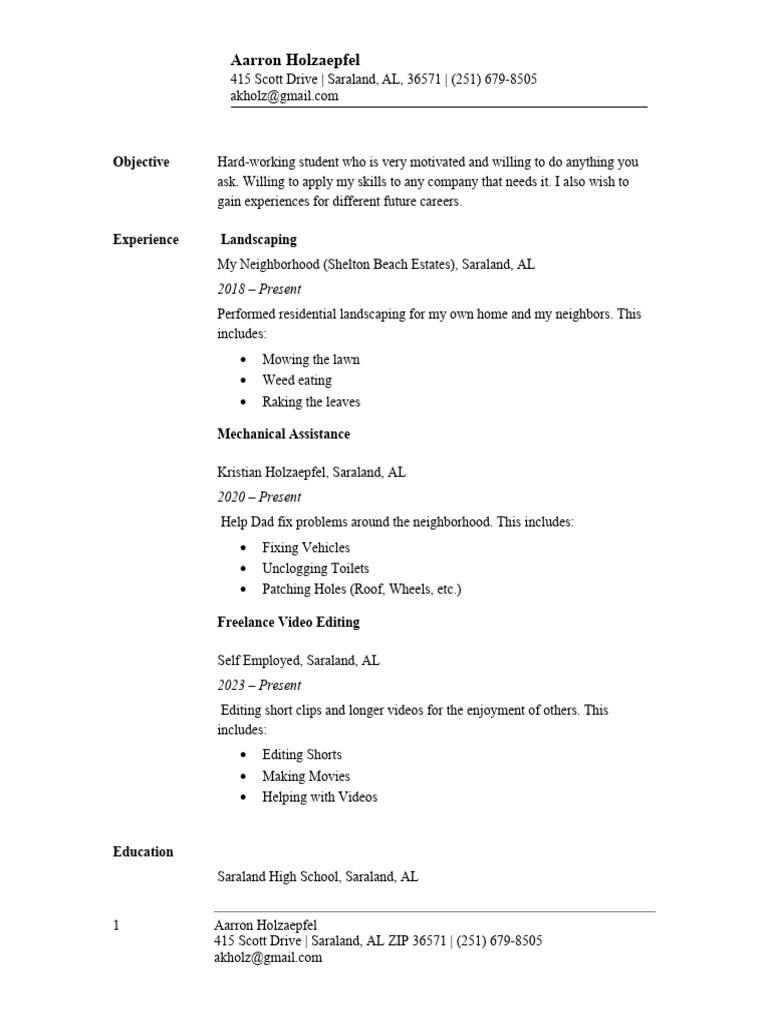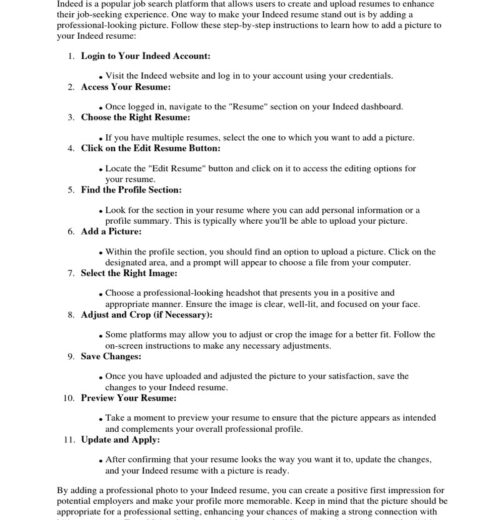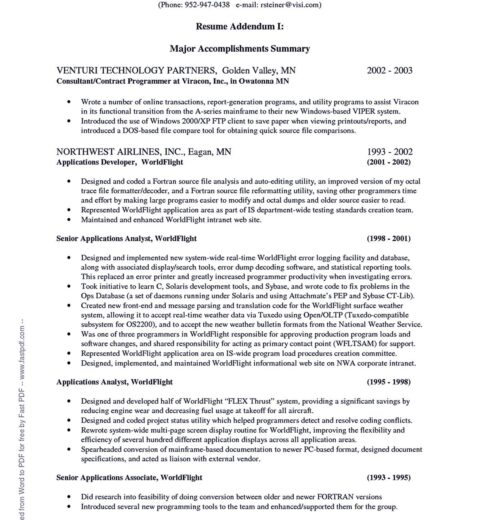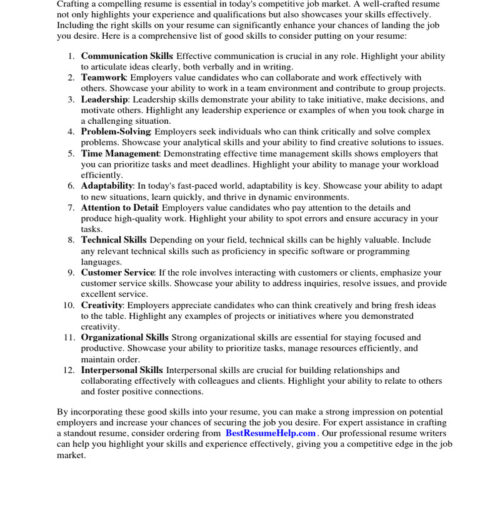As the job market perpetually evolves, the question of whether to include a physical address on a resume continues to provoke discussions among candidates and career advisors alike. In 2025, an array of factors influences this decision, including technological advancements, shifts in hiring practices, and the growing emphasis on privacy. This article delves into the intricacies surrounding the inclusion of one’s address on a resume, weighing the pros and cons while providing guidance to job seekers navigating this modern dilemma.
Initially, one must consider the traditional rationale for including an address. A resume has historically served as a conduit for employers to assess a candidate’s proximity to their workplace. This geographical context once held significant importance, particularly for local businesses or positions requiring immediate availability. However, the rapid ascension of remote work, which has burgeoned since the pandemic, has diminished the weight of geographical considerations. Employers are increasingly open to hiring talent regardless of location, challenging the notion that an address remains a vital component.
Furthermore, the current hiring landscape has ushered in a digital transformation, characterized by the prevalence of online applications and virtual interviewing. These modes of engagement often obviate the need for a physical address, as candidates can communicate and showcase their qualifications remotely. Consequently, the requirement for a home address on a resume may become increasingly obsolete. Employers now have access to candidates from around the globe, making geographic parameters less relevant in the evaluation process.
However, the decision to exclude one’s address on a resume is not without its caveats. Some hiring managers may still value geographic familiarity, particularly in industries where local knowledge or community connections could confer benefits. In such cases, strategically listing a city may suffice, providing enough context without divulging a complete address. This approach can strike a balance, allowing candidates to maintain a semblance of locality without compromising their privacy.
Privacy concerns have escalated in recent years, compelling a growing number of individuals to reconsider what information they divulge. With data breaches becoming increasingly commonplace, safeguarding personal details is paramount. By opting to omit their complete address, candidates can mitigate the risk of identity theft or unwanted solicitation. Moreover, concealing this information allows professionals to maintain a level of control over who accesses their personal data—a quality highly valued in today’s digital age.
In addition to privacy considerations, the presentation of information on a resume carries substantial significance. A meticulously crafted resume not only highlights qualifications but also reflects professionalism and attention to detail. The aesthetic appeal of a resume is integral to making a positive first impression. Squeezing in an address into a resume’s design may detract from its overall impact, particularly if it appears cluttered or poorly formatted. Candidates seeking elegant simplicity may find that leaving out their address enhances the visual refinement of their document.
Nevertheless, some industry-specific norms remain steadfast. In fields such as real estate, where local expertise is paramount, or in positions requiring frequent client interactions, an address could still play an integral role. In these scenarios, candidates should thoughtfully weigh the industry expectations and determine how their address may enhance their appeal to potential employers.
For those who choose to include their address, the manner in which it is presented warrants careful consideration. Candidates should be conscious of the format and location on the resume, ensuring that it complements rather than overwhelms the rest of the content. A succinct address positioned strategically, perhaps beneath the name and contact information, can serve its purpose without overshadowing significant accomplishments or credentials.
Ultimately, the decision to include or exclude an address hinges on a multifaceted evaluation of individual preferences, industry standards, and the broader employment landscape. As job seekers grapple with these factors, a comprehensive understanding of their target industry will empower them to make informed choices. A tailored approach, grounded in an awareness of market dynamics, will facilitate the development of a resume that resonates with prospective employers.
Moreover, as candidates refine their resumes, they are encouraged to focus on showcasing their skills and experiences in a way that captivates hiring managers. The content itself—highlighting accomplishments, expertise, and unique contributions—holds far greater weight than the inclusion of a physical address. In essence, the effectiveness of a resume lies in its ability to convey professional prowess, rather than merely serving as a geographic marker.
As 2025 unfolds, professionals must remain adaptable, willing to reassess the traditional components of a resume in light of evolving expectations. With shifting priorities, from remote work trends to heightened privacy awareness, the omission of an address may well become the norm rather than the exception. In navigating this pivotal choice, candidates should remain cognizant of their unique context, balancing the desire for privacy with the practicalities dictated by their chosen field.
In conclusion, the decision to include an address on a resume in 2025 is undoubtedly complex. It requires introspection, industry awareness, and an understanding of modern hiring practices. By prioritizing relevance and aesthetic appeal, job seekers can put forth compelling resumes that reflect their qualifications while safeguarding their personal information. Adaptability, indeed, is the key to thriving in today’s dynamic job market.




